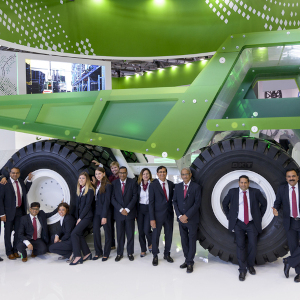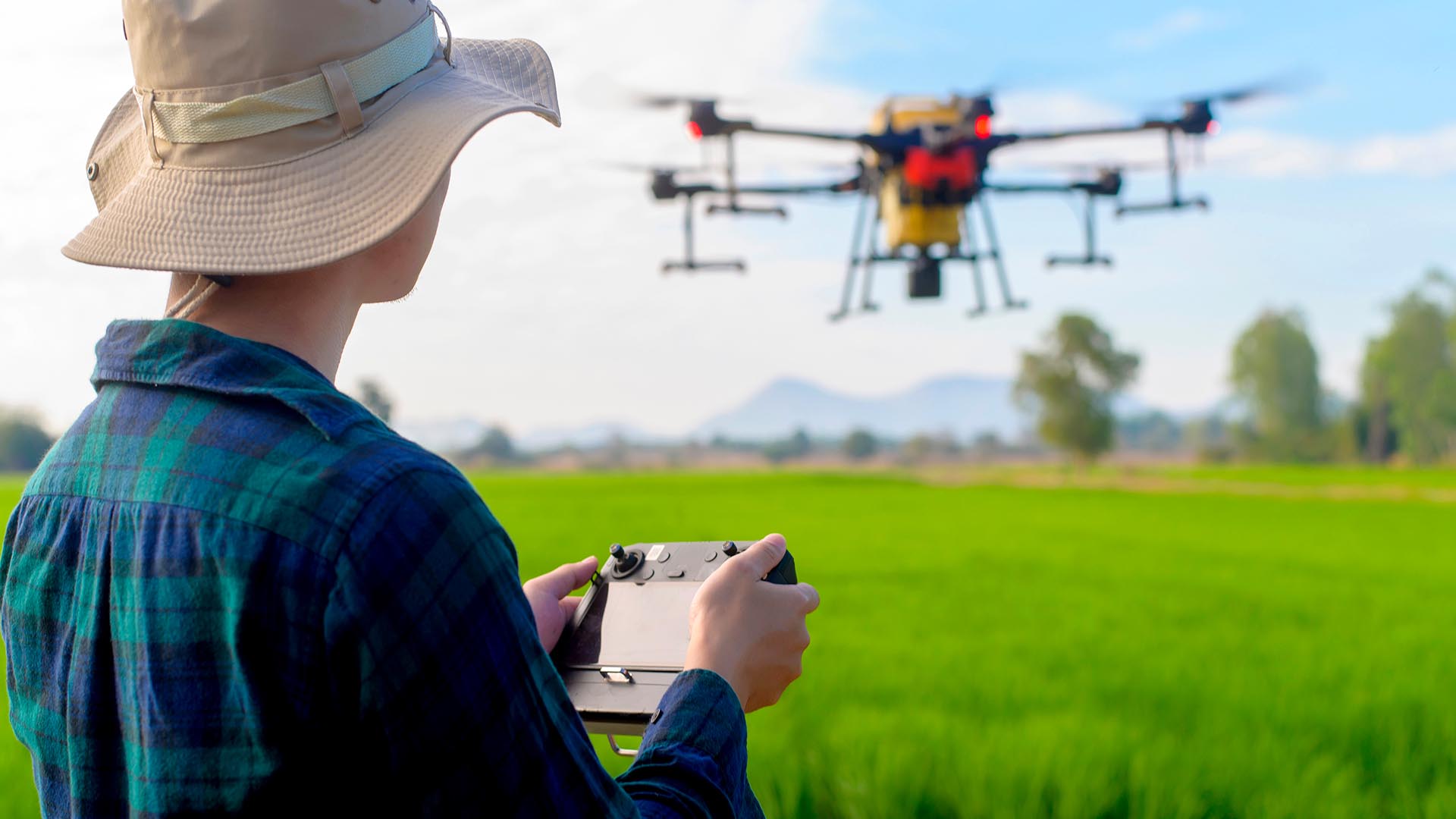What does the rise of AI in agriculture mean for future processes and the supply chain? Some argue that it could help fight disease, be beneficial for the environment, whilst introducing smart farming and robotics. But in the meantime, could AI replace human workers? And is that preferable for all?
There is no doubt that Artificial Intelligence (AI) is growing at an incredibly fast rate, and is being used increasingly across global industries - many of which benefit from automation and machine learning. One such industry is agriculture. But what does the rise of AI in agriculture mean for future processes and the supply chain? Some argue that it could help fight disease, be beneficial for the environment, whilst introducing smart farming and robotics. But in the meantime, could AI replace human workers? And is that preferable for all?
What is Artificial Intelligence and Machine Learning?
Artificial Intelligence, or AI for short, are systems and machines that are designed to copy human intelligence and behavior. The assumption is that AI will make our lives easier by completing complex tasks and learning independently, using the masses of information it collects, without the need for us to implement said information in the design: machine
learning, or ML in short. The possibilities seem endless - and the following are just a select few examples.
The Benefits of AI in Agriculture
According to Verified Market Research, AI within the agricultural industry was valued at $689.35 in 2019, and is projected to reach $1413.88 Million by 2027 - which means that we can expect to see a lot more innovation and investment in the future.
With growing demand for production and the rise in human population, which has doubled since 1960, the development of new technologies is increasingly needed to meet the demand and feed the world a lot more efficiently. We have very limited land we can use, which is being rapidly filled by the minute, leading to the necessity for an increase in “smart farming” and housing development. Will AI help facilitate this?
Additionally, AI in agriculture aims to spot disease in crops, fight pests, monitor soil health and assist workload. This drastic increase in efficiency could increase the yield, which may
reduce the need to expand land usage. AI in agriculture falls under the smart farming umbrella, among other emerging technologies.
AI could solve production problems at a reduced cost - while also proving to be a more sustainable solution. In the wake of Cop26, the global population is experiencing growing concern about the necessity of reaching the Net Zero targets, which makes the rise of AI with the agricultural industry to be more fitting than ever.
Wise Up on Smart Farming
As briefly mentioned above, smart farming is a management concept which aims to provide the industry with the means to use advanced technologies such as AI, IoT (Internet of Things), Big Data (which will help enable tracking), monitoring, automation, and analysis of systems and processes.
Nokia is one of several companies who claim to be driving positive change within the industry. They developed a mini series that discusses the future of smart farming with industry experts; they define smart farming as the umbrella term for IoT, AI, Big Data and robotics. The implementation of these exciting technologies could allow autonomous greenhouses to be run, supplying water to land and crops to aid growth. In addition, they could spot irrigation leaks and help with the optimisation of irrigation systems, meaning less fresh water will be wasted: another win for those all-important sustainable practices!
Furthermore, there has recently been an international conversation about the implementation of a traffic light color system, showcasing the carbon footprint of food products - not dissimilar to what you may have seen on nutritional labels: red indicating that the product may be using a lot more of your daily recommendations than others. If AI can help food production become more sustainable, then this could help reduce the amount of ‘reds’ consumers see, potentially dissuading them to make the purchase.
Robotics: Solution or Science Fiction?
To meet the aforementioned demand of production in the future of agriculture, more farmers could soon turn to robotics. IoT further encourages this through their drones, scanning technology and images - all of which allow farmers to monitor crops quickly, by swiftly scanning masses of fields, and instantaneously spotting potential threats to crops and livestock. Robots can also be used to assist day to day farming operations - how handy!
Interesting Engineering goes into detail on the development of these types of drones and robots. One example is Ecorobotix. Ecorobotix is a lightweight, solar powered GPS drone which is completely autonomous and can run all day. Using its camera, its prime job is to
detect and spray weeds. They also claim to use 90% less herbicide, which could be a lot better for the environment - and is 30% cheaper than traditional means. It is easy to see how this could replace some of the human workforce.
Another form of potential human-replacing robotics is Naio technologies: a host of robots that aim to protect the environment. They are designed to weed, hoe, and assist in harvest. If this array of robots and drones become the mainstream, could it be the end of the early sunrise starts - bearing in mind these robots will likely start working before we even wake up? But more crucially, could this robotic uprising put an end to the historical humanity of farming altogether? This is perceived as problematic - even terrifying - for many, as so many communities around the world depend on their work within the agricultural industry to support their families.
Plant Disease Detecting
Despite the fear of AI rendering humankind effectively purposeless - a fear which is widespread across a number of industries - we simply cannot ignore the extensive perks that it brings to the agricultural world. Disease is one of the main drawbacks when it comes to yielding crops, and detecting them certainly comes with challenges. The already overworked farmer is unlikely to be able to spend much time observing every crop in their field for signs
of disease, usually by identifying abnormal growth or disease causing organisms. AI hopes to assist with remote sensing (observing their fields without physically touching the plants), and farmers can detect problems over extensive acres of farmland by using hyperspectral imaging and 3D laser scanning.
AI and the advancement of smartphones allows for increased accuracy and reliability, using deep learning for image-based plant detection. A scientific journal showed how this was possible: by using a public dataset of over 50,000 images of both healthy plants and diseased, they trained the AI system to identify 14 crop species and 26 types of disease. Their model managed an impressive 99.35% accuracy rate. The classification of these diseases can support farmers to develop robust strategies in keeping them under control. In addition to crop monitoring, AI and ML can aid in spotting pests and soil health - including nutrient deficiencies, for example. Tragically, it is theorized that there could potentially only be a mere 60 more harvests left (according to the FAO). Tools that improve soil health could help reduce this possibility - one would hope! An article by the Re Soil Foundation documents Imperial College London’s argument: that AI could help predict nitrogen levels in the soil, avoid overuse of fertilizers and other related environmental damage. All in all, the implications of these technologies are very promising.
It is clear to see the possible benefits of AI in agriculture, and it will be interesting to see how it will advance over the next few years - but could this mean the end of human labor? For good or bad, only time will tell.






